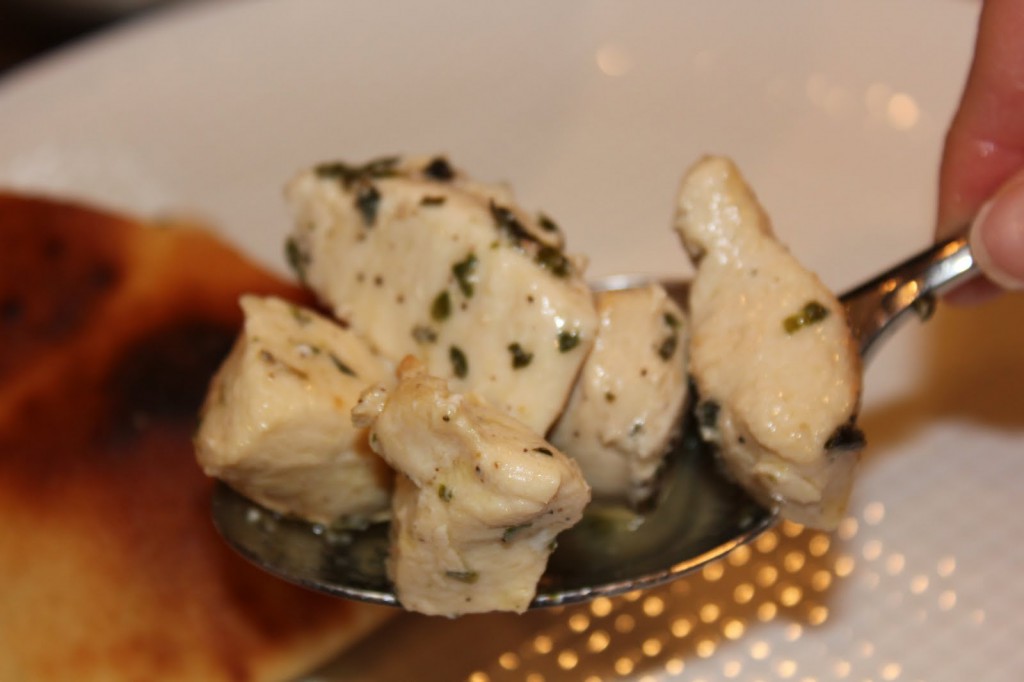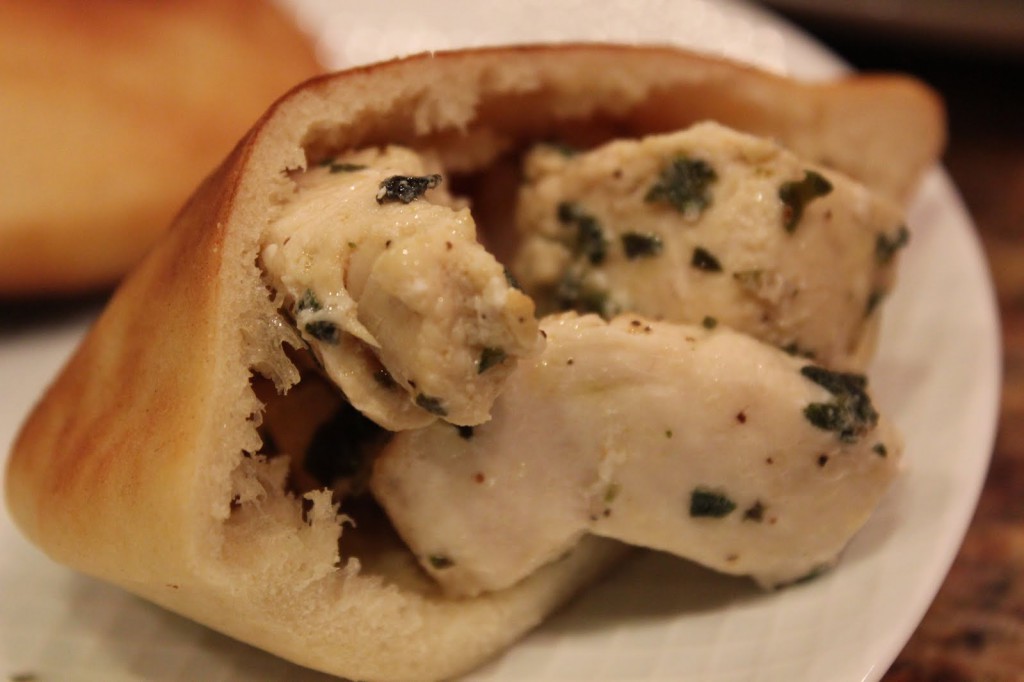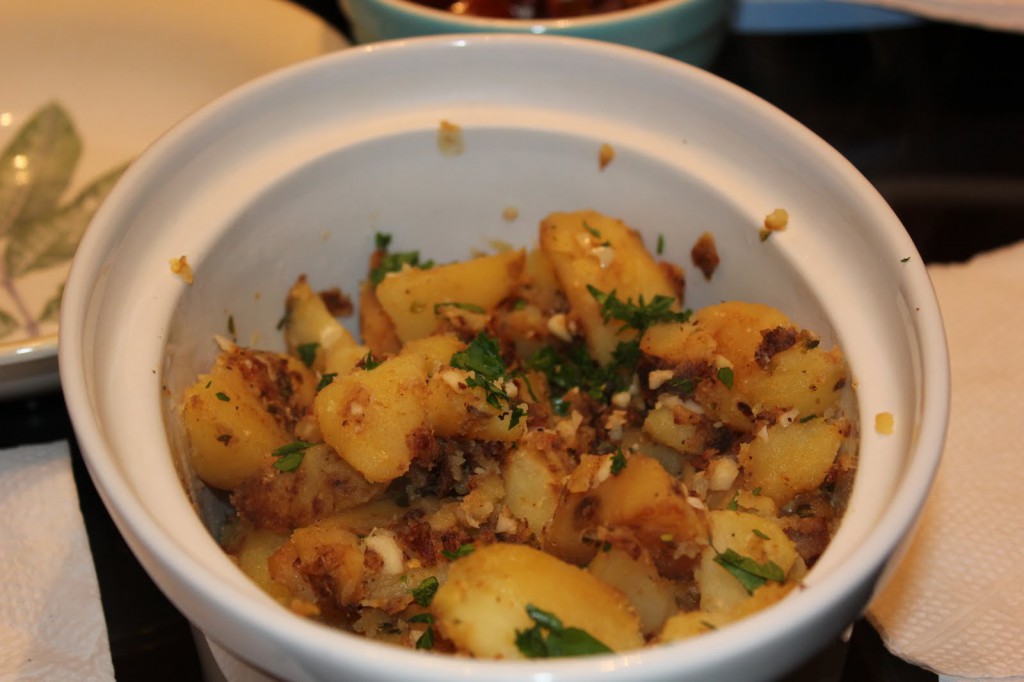- Contributed by Quick From Scratch Chicken
- ACTIVE: 10 MIN
- TOTAL TIME: 30 MIN
- SERVINGS: 4
Grilled chicken on pita with tomatoes, onions and tzatziki, a yogurt and cucumber sauce, makes a cool yet satisfying warm-weather supper. Souvlaki is often rolled to eat in your hand as a snack, but this more substantial version is served on a plate with a knife and fork. If you like, accompany the souvlaki with lemon wedges. When using wooden skewers, soak them first in water for at least ten minutes, or they’ll smoke during cooking.
Ingredients
- 2 cups plain yogurt
- 1 cucumber, halved lengthwise, peeled, seeded, and grated
- 1 1/4 teaspoons salt
- 1 clove garlic, minced
- Fresh-ground black pepper
- 1/4 teaspoon dried dill
- 2 tablespoons olive oil
- 1 1/2 teaspoons lemon juice
- 1 tablespoon dried oregano
- 1 1/3 pounds boneless, skinless chicken breasts (about 4), cut into 1-inch cubes
- 4 pocketless pitas
- 6 tablespoons butter, at room temperature
- 1 small onion, cut into thin wedges
- 2 tomatoes, cut into thin wedges
- 1/3 cup black olives, such as Kalamata, halved and pitted
Directions
- Put the yogurt in a strainer lined with cheesecloth, a coffee filter, or a paper towel and set it over a bowl. Let drain in the refrigerator for 15 minutes. In a medium glass or stainless-steel bowl, combine the cucumber with 1 teaspoon of the salt; let sit for about 15 minutes. Squeeze the cucumber to remove the liquid. Put the cucumber back in the bowl and stir in the drained yogurt, the garlic, 1/8 teaspoon of pepper, and the dill.
- Light the grill or heat the broiler. In a small glass or stainless-steel bowl, combine the oil, lemon juice, oregano, the remaining 1/4 teaspoon of salt, and 1/4 teaspoon of pepper. Toss the chicken cubes in the oil mixture and thread them onto skewers. Grill the chicken over high heat or broil, turning once, until done, about 5 minutes in all. Transfer the chicken to a plate.
- Spread both sides of the pitas with the butter and grill or broil, turning once, until golden, about 4 minutes in all. Cut into quarters.
- To serve, put the pitas on plates and top with the onion, tomatoes, and chicken skewers with any accumulated juices. Serve with the tzatziki and olives.



